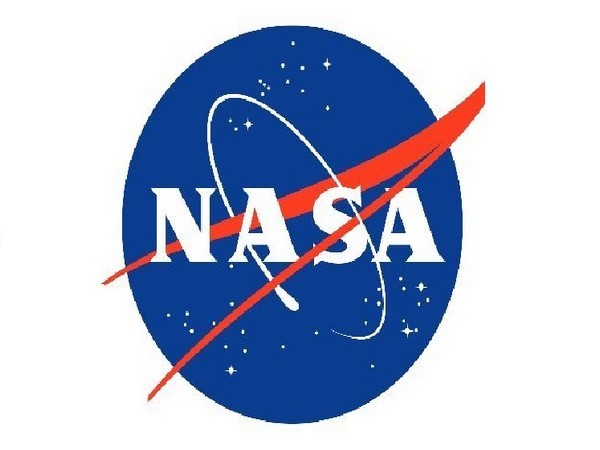NASA’s new space telescope to chart evolution of Milky Way galaxy
COSI will study the recent history of star birth, star death, and the formation of chemical elements in the Milky Way. The mission will also chart the evolution of our galaxy's positrons, aka antielectrons, subatomic particles that have the same mass as an electron but a positive charge.

- Country:
- United States
U.S. space agency NASA has selected a new space telescope called the Compton Spectrometer and Imager (COSI), that will chart the evolution of the Milky Way galaxy. The gamma-ray telescope is expected to launch into orbit in 2025 as the agency's latest small astrophysics mission.
🔭 We just announced our newest space telescope! Expected to launch into orbit in 2025, COSI will study gamma rays from stellar explosions to map out the evolution of our Milky Way galaxy: https://t.co/j4ZWSlahtC pic.twitter.com/nM3IER1dYj
— NASA (@NASA) October 19, 2021
COSI will study the recent history of star birth, star death, and the formation of chemical elements in the Milky Way. The mission will also chart the evolution of our galaxy's positrons, aka antielectrons, subatomic particles that have the same mass as an electron but a positive charge.
According to NASA, the COSI mission will cost approximately USD145 million (not including launch costs). A launch provider for the mission will be selected later by the agency.
Commenting on this development, Thomas Zurbuchen, associate administrator for the agency's Science Mission Directorate in Washington, said, "For more than 60 years, NASA has provided opportunities for inventive, smaller-scale missions to fill knowledge gaps where we still seek answers. COSI will answer questions about the origin of the chemical elements in our own Milky Way galaxy, the very ingredients critical to the formation of Earth itself."
- READ MORE ON:
- NASA
- Milky Way
- NASA COSI gamma ray telescope
- NASA COSI mission










